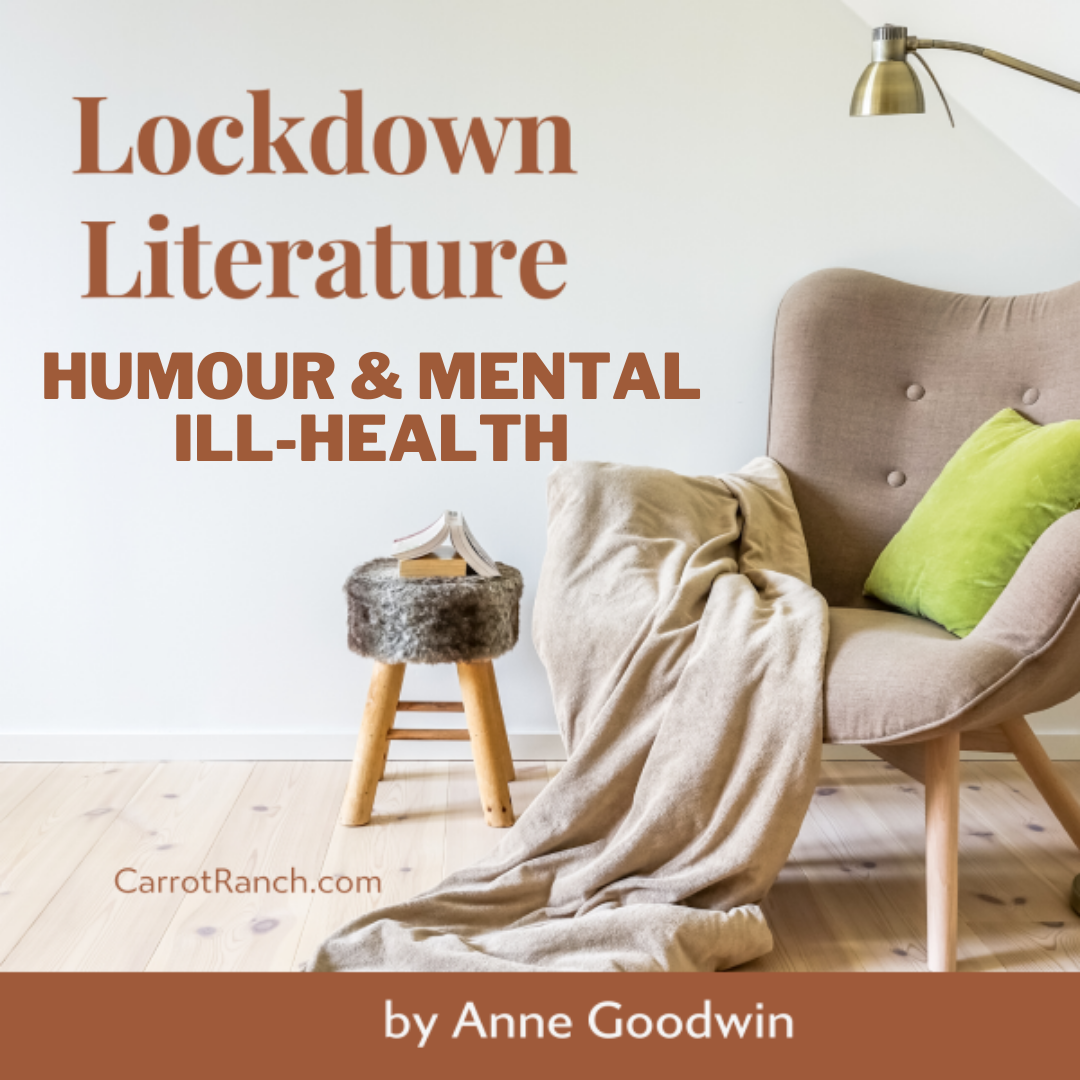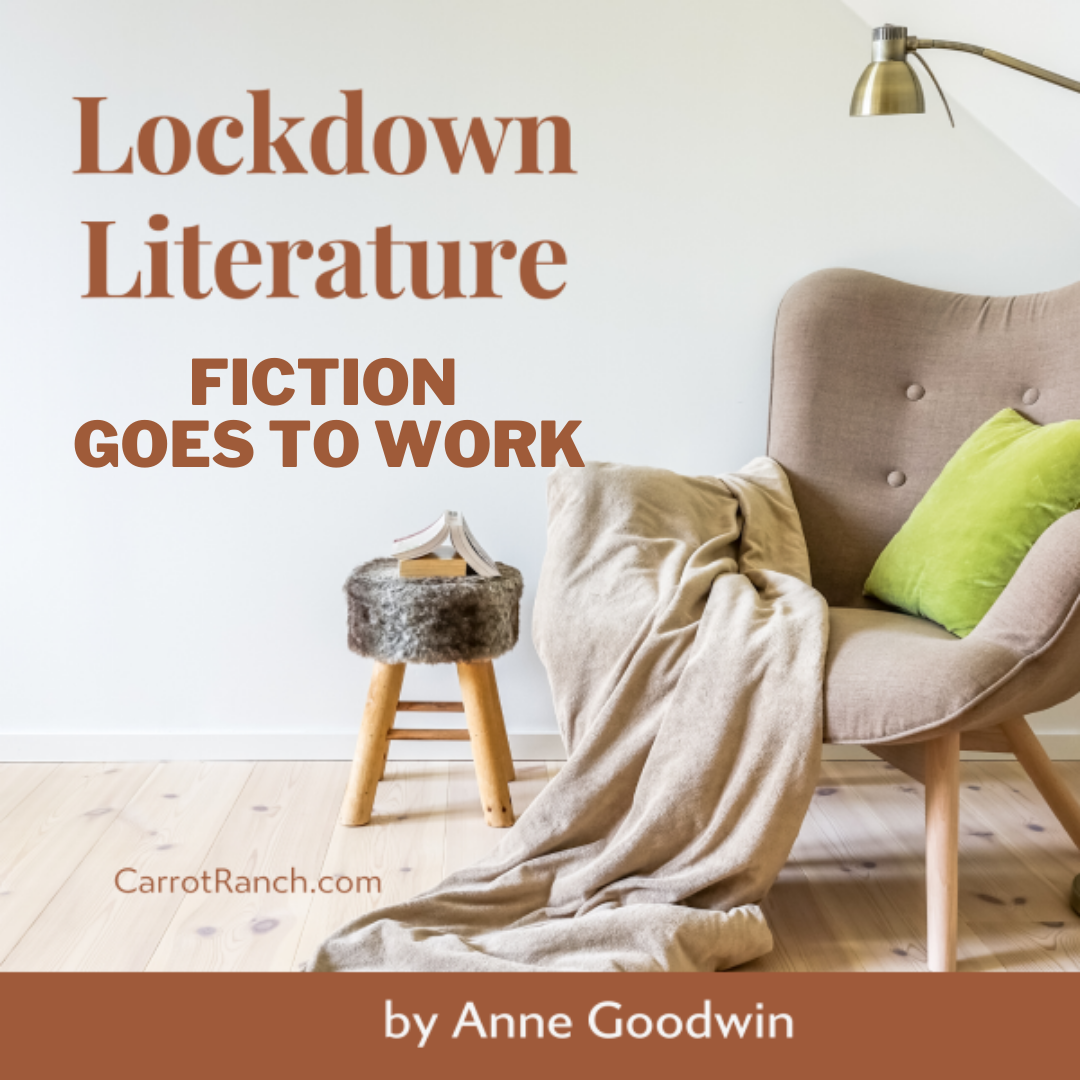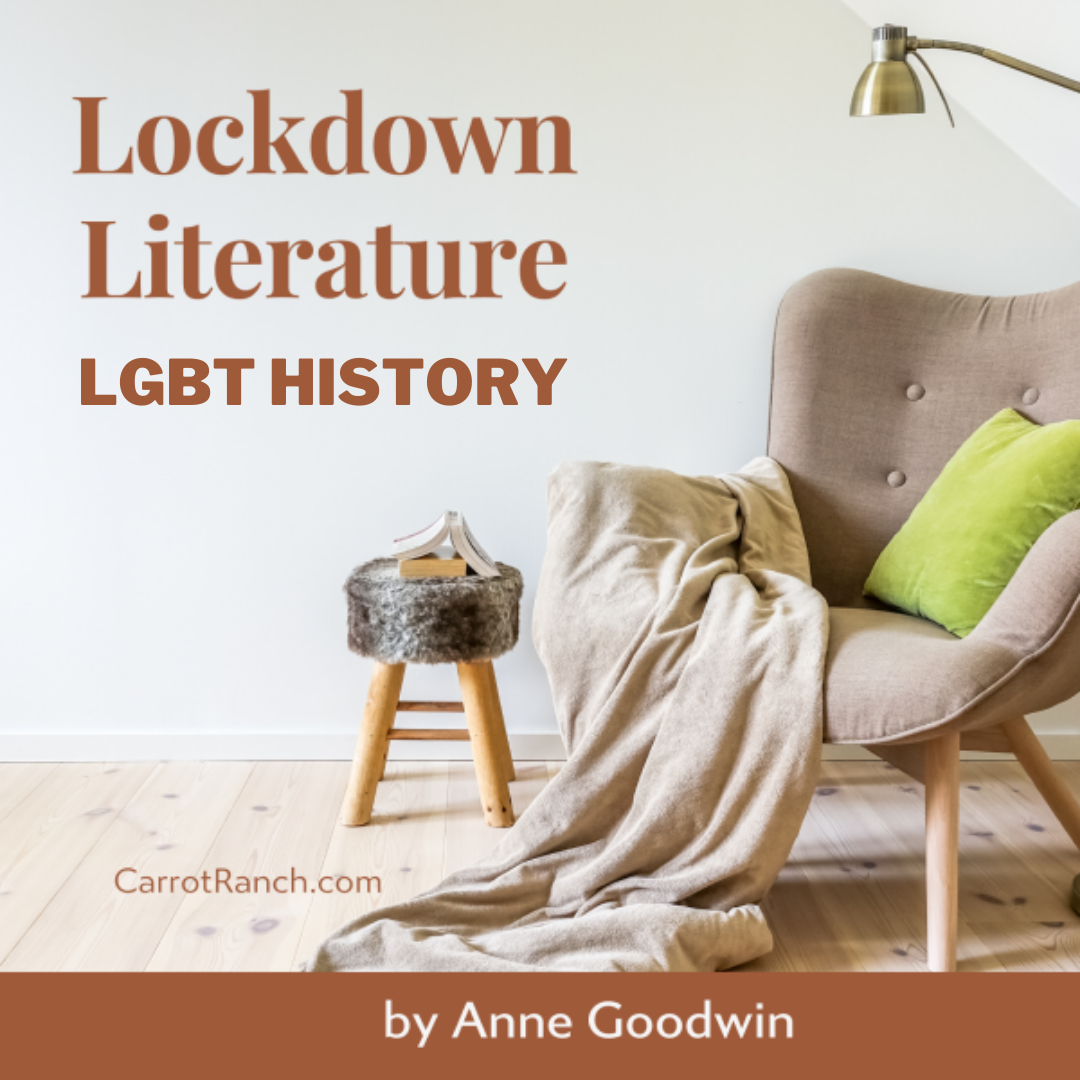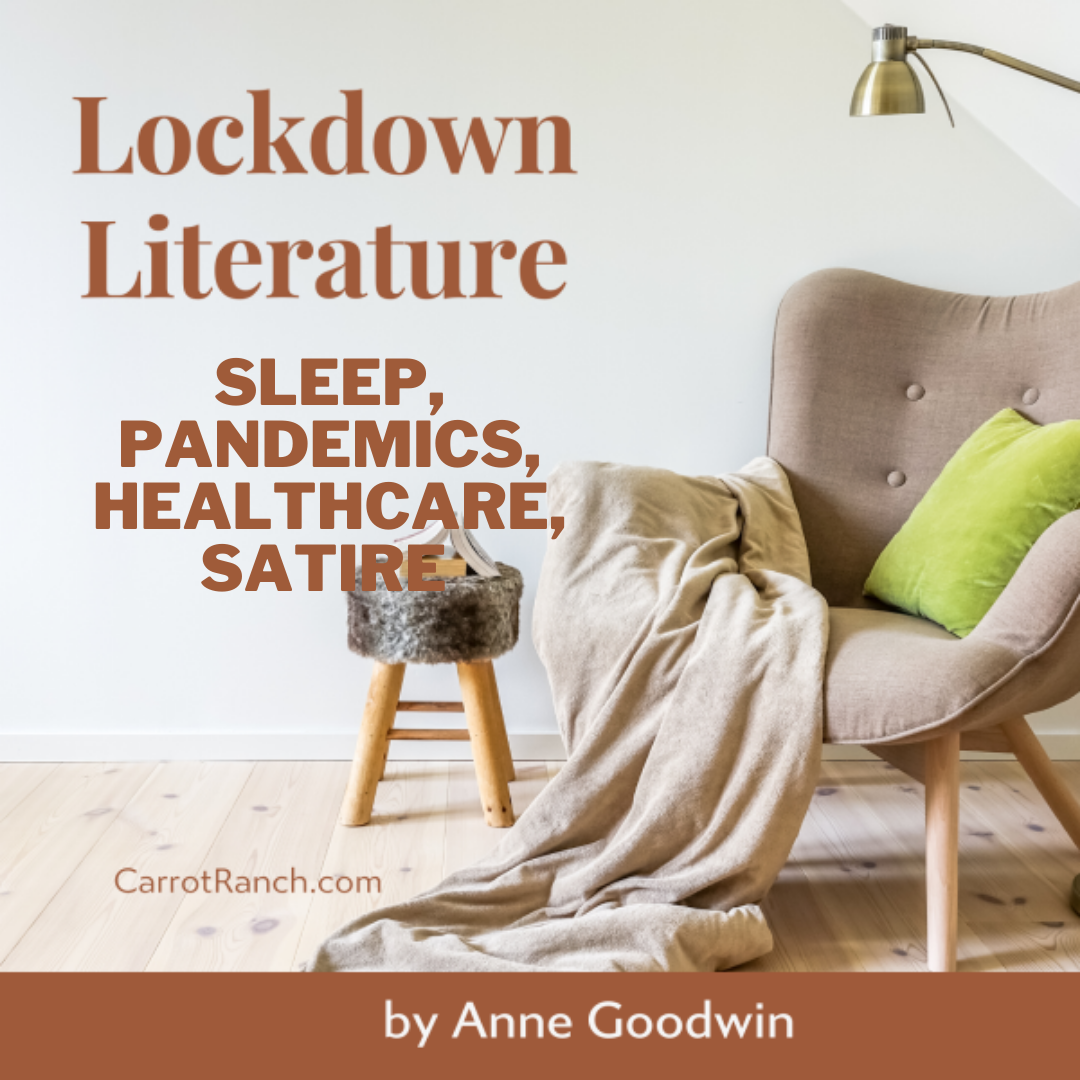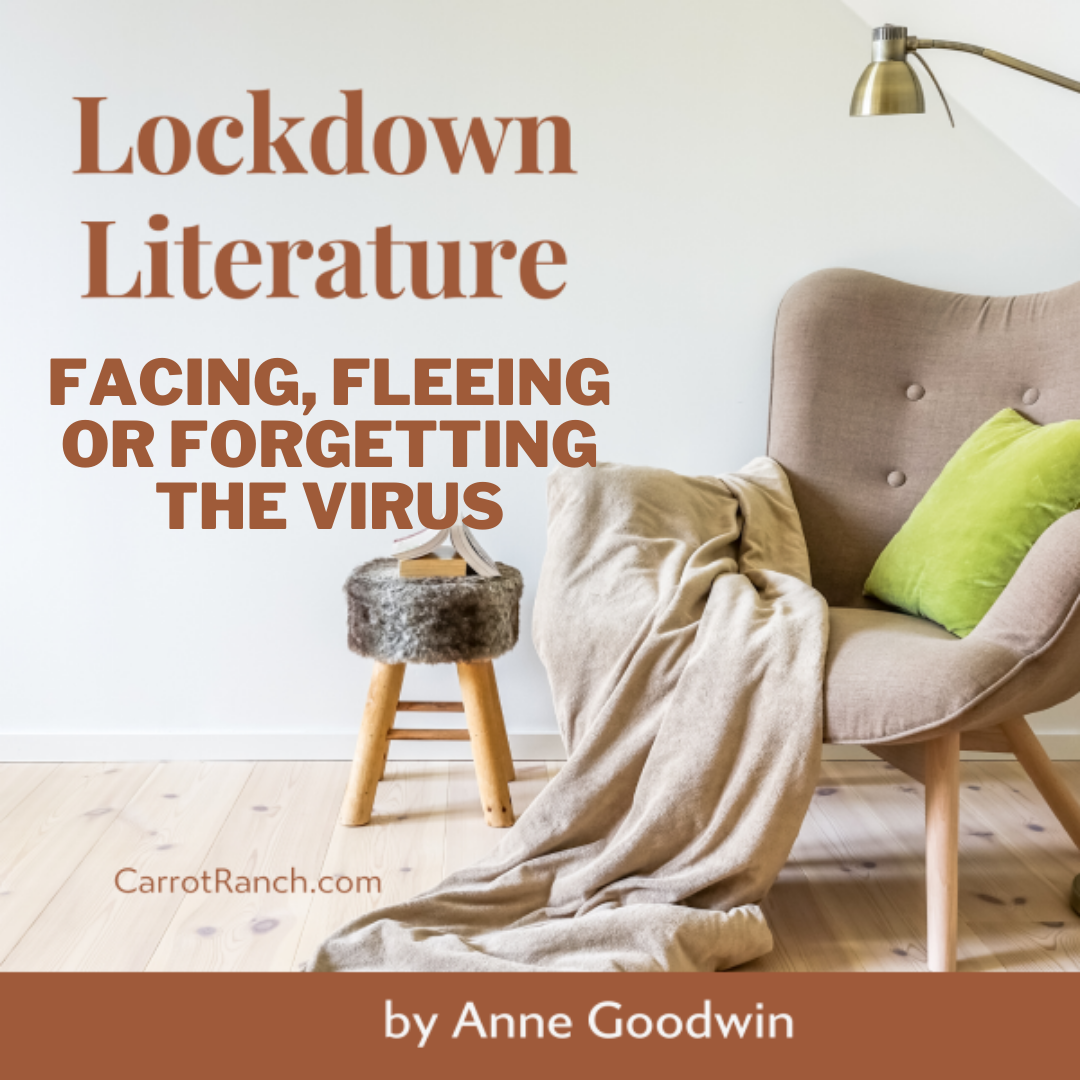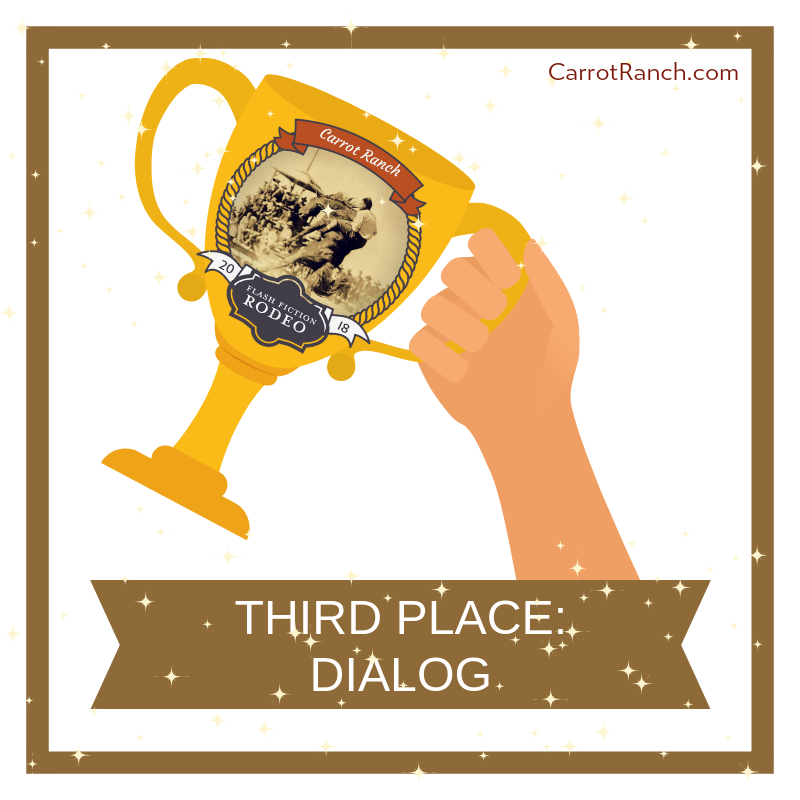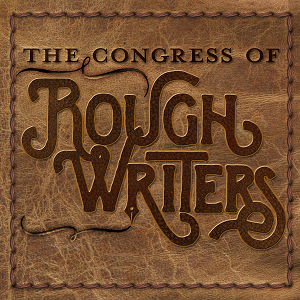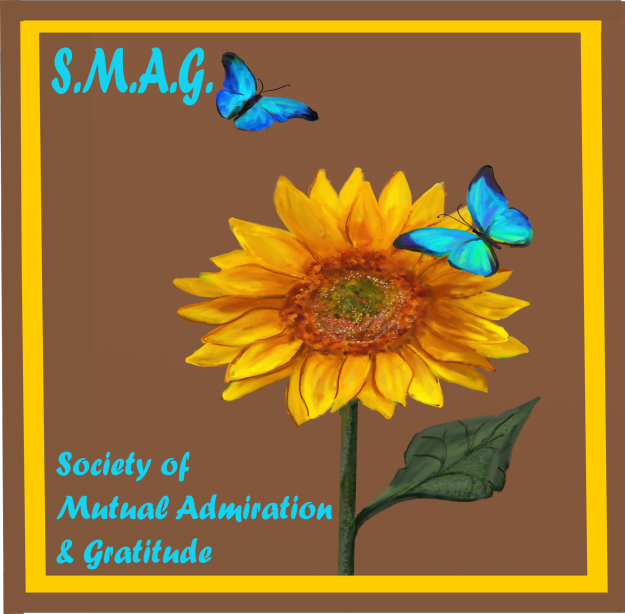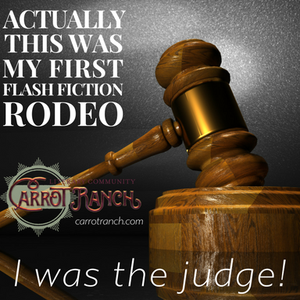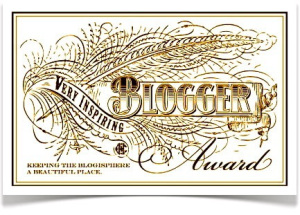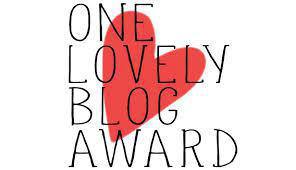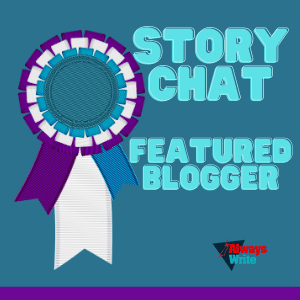|
While our creativity might be without bounds, our time available to deploy it is limited. With so many potential distractions, it’s inevitable that we might wonder whether we’re using that time efficiently. Too many days leaving my desk feeling tired but unsatisfied, I decided to monitor how I was apportioning my time. Read on to see how I did it, what I learnt and how you can help me decide what to do next.
|
I first encountered the audit cycle in my day job in the NHS, initially as a tool empowering teams to monitor shared objectives but latterly as a tiresome and time-consuming exercise in collecting data to little purpose (much as Caroline Lodge found recently when attending a writing course). How could I ensure that my first audit as a writer would be more characteristic of the former than the latter?
Put simply, the audit cycle has five phases:
- set standards
- measure activity against those standards
- analyse the data
- implement any changes
- revise standards and repeat as necessary
Here’s how I went about it.
Desk-time standards
Going back to first principles of why I show up at my desk, I set myself the following simple standards:
- to spend more time on creative writing than associated admin
- to spend more writing time on fiction than non-fiction
- to spend more admin time on the essentials than nonessentials.
Data collection
Setting up a spreadsheet to record the time spent in each of the four areas, I found I first needed to define the terms in a way that was meaningful for my own personal standards:
- WRITING FICTION would include all phases from first draft, editing, basic research and fact checking, revising and rewriting for all fiction from flash to novels, but excluding submitting and publicising (which is designated as essential admin).
- WRITING NON-FICTION includes reviews, blog posts, guest posts and articles through all stages except submission.
- ESSENTIAL ADMIN entails maintaining my own blog and website (including uploading posts and responding to comments), composing and sending out my newsletter, submitting writing for publication, writing and responding to emails regarding any aspect of my writing life.
- SOCIAL MEDIA entails reading, commenting and connecting on Twitter, Facebook and other blogs. (I have mixed feelings about flagging social media activity as non-essential, but it’s the area in which I’m most conflicted. While the connections are usually enjoyable, and sometimes fruitful in terms of learning and promoting my writing, the possibilities are limitless and I’m often left anxious about how much more I could be doing.)
You’ll see from this list that there’s a lot more I could have measured, but I wanted to keep things as simple as possible. So I didn’t measure time spent
- READING because I already do plenty and it doesn’t conflict with my writing time (but those who want to do more might benefit from measuring it).
- FACE-TO-FACE BOOK PROMOTION because the opportunities are outside my control.
- PROFESSIONAL DEVELOPMENT because, again, I take up opportunities when they become available (both online and in the real world).
The most difficult decision was over recording time spent: whether in chunks of time (e.g. ten or fifteen minute blocks) or hours and minutes; whether to strive for stopwatch accuracy or my best guess; what to do about tea and toilet breaks; how to account for seasonal fluctuations; whether or not to monitor every day. In the end I decided to record hours and minutes by the clock on my computer screen without subtracting time for short breaks for ten consecutive “desk days”, defined as days in which I spent two hours or more on my writing work. (I used the day as my unit rather than a week – or a month as I had originally intended – to allow for the fact that, during the summer, when I carried out this audit, I spend more time away from my desk. However, it does lead to a slight overestimation of time spent on non-fiction writing, admin and social media, as I’m more likely to rattle off a review or send a few emails than to work on the next scene of my novel before heading out for the hills.)
What the audit showed
I carried out the audit between 30th June and 11th July, 2017. Much to my surprise, my standards were all met and the percentages came out exactly as I wanted.
Possible reasons include
- the ten days I chose might be unrepresentative of my usual desk time allocation (but I found the measurement tedious and approval to extend it)
- the mere fact of monitoring my time made me more disciplined. (I certainly felt neglectful of my online friends and colleagues.)
- at the point I decided to carry out the audit, I was emerging from a period in which I was actually writing very little fiction and concentrating on the blog tour and other promotional activities for my second novel.
- my sense of satisfaction or otherwise with a day’s work might depend less on the time I’ve spent writing fiction and more on whether I’ve written any at all. It’s striking that, although I spent more time overall on fiction, I did so on only just over half of the days:
The audit cycle has come to a stop as I can’t decide whether I need to set myself a new standard about writing some fiction every day I turn up at my desk or to leave well alone. I’d probably be more efficient if I had more of a routine but I do appreciate the flexibility I have without it. I’m hoping for some feedback on where I’ve got so far to help me decide the next stage.
How do you apportion your desk time between various activities? Are your percentages similar to mine? Have you ever carried out an audit and was it worthwhile? Given the results of my audit, can you offer any advice?
|
It’s thanks to Charli Mills that I’ve spent some of today’s (non-fiction? essential admin? writing avoidance?) desk time figuring out how to create pie charts in Excel. Because this week’s flash fiction challenge is to write a 99-word story featuring pies. Here’s mine (approximately 15 minutes fiction writing time) about a guy whose brain works a bit differently:
|
His social worker promised it would be better here and, when the invitation popped through the letterbox, Spike knew she was right. Okay, predictive text had added an extra ‘e’, but it was clear from the date – March 14th – what was meant.
From the first of the month he practised, till he had it to the five hundredth decimal point. But he needn’t have bothered. These neighbours were as bad as the last lot. He’d only got as far as 3.14159 when they turned away. Talking shortcrust, flaky and choux. Bonkers the lot of them. A pie party indeed!
|
March 14th is pi day (3/14 in the American calendar) while tomorrow (22/7) is pi approximation day, which I didn’t know existed until after I’d written this flash.
|
|
Sunday (July 23rd) is the second birthday of my debut novel, Sugar and Snails, and, although I’ve been focused on its two-month-old younger sibling, Underneath, recently it’s great that my first is still finding new readers, with its 38th Amazon UK review last week and an average rating of 4.7 out of 5 stars. |
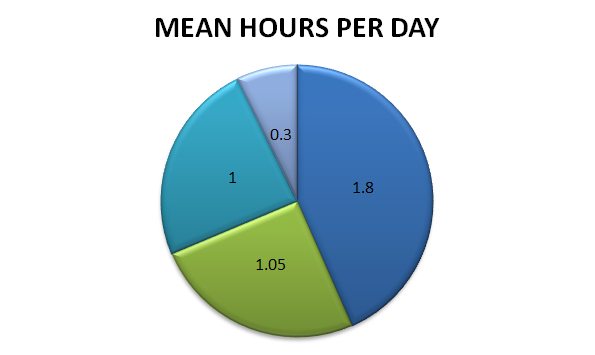
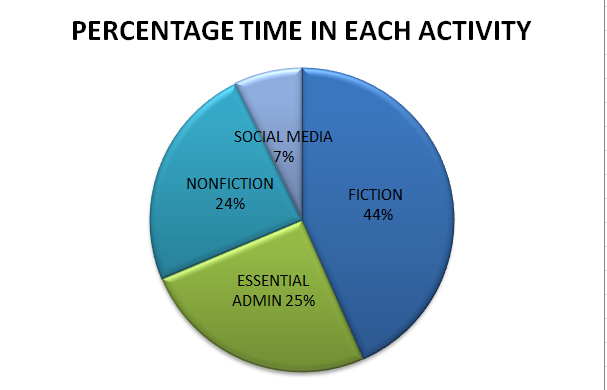
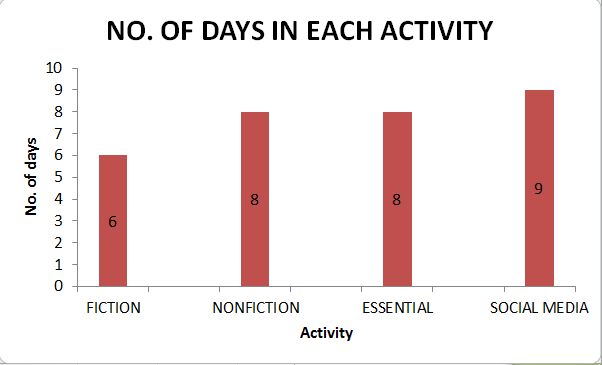


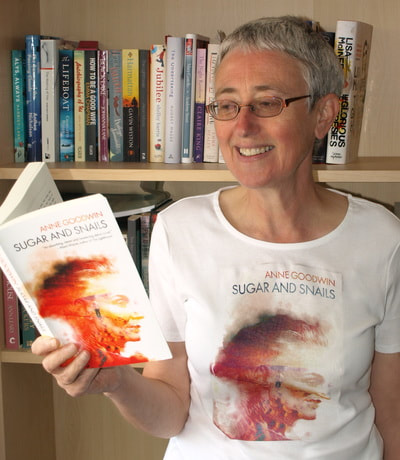

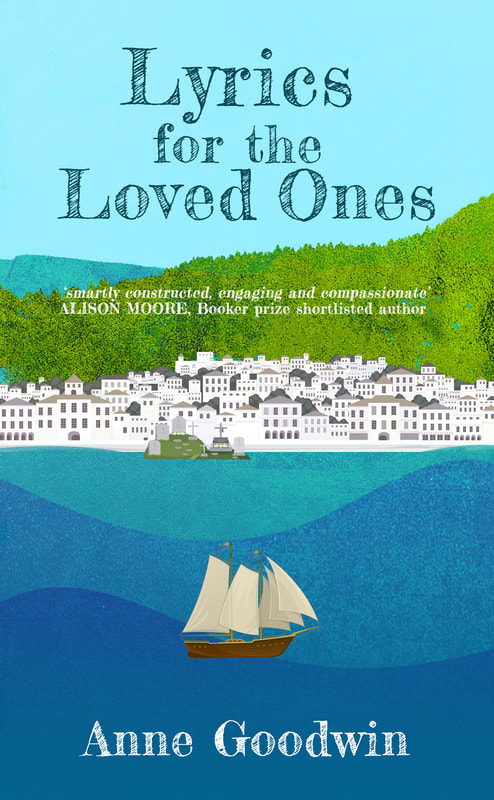
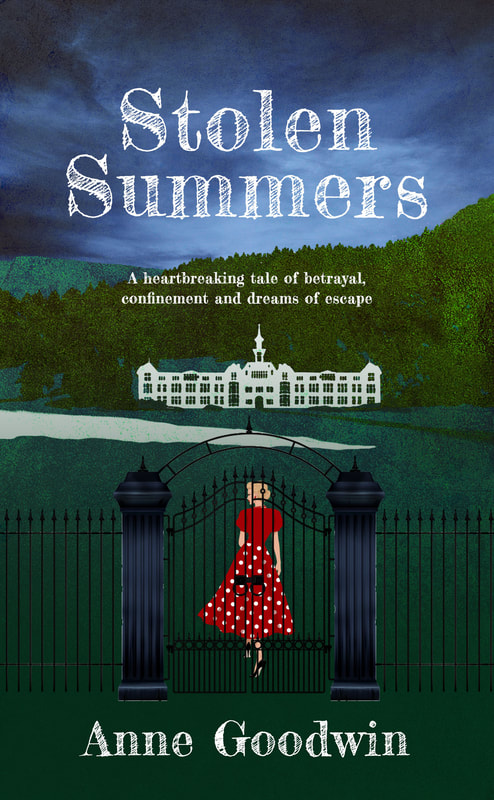


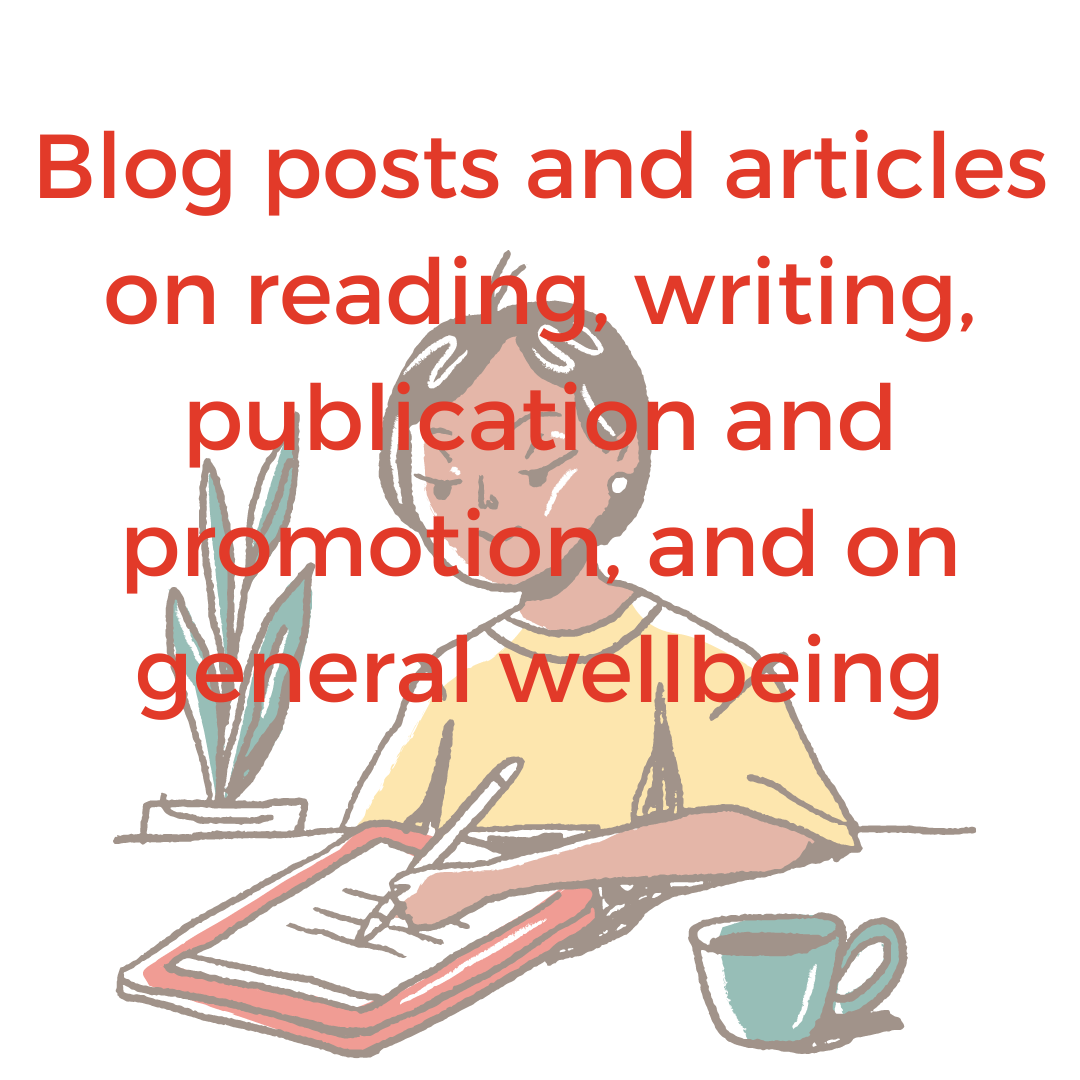
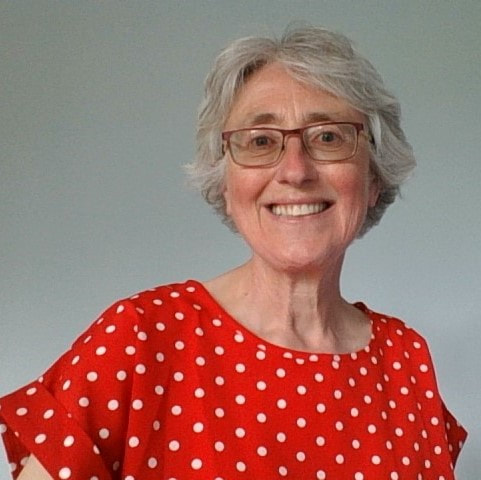

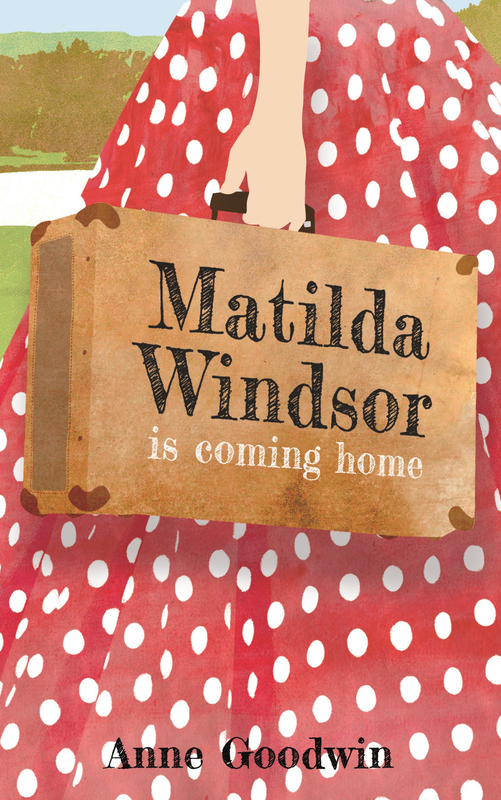
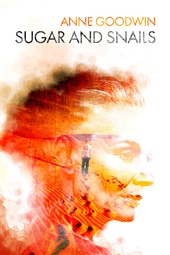

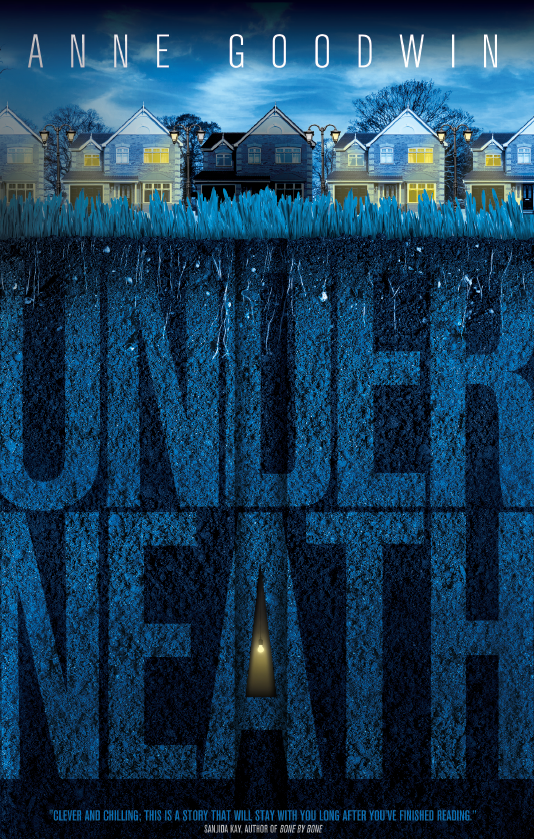
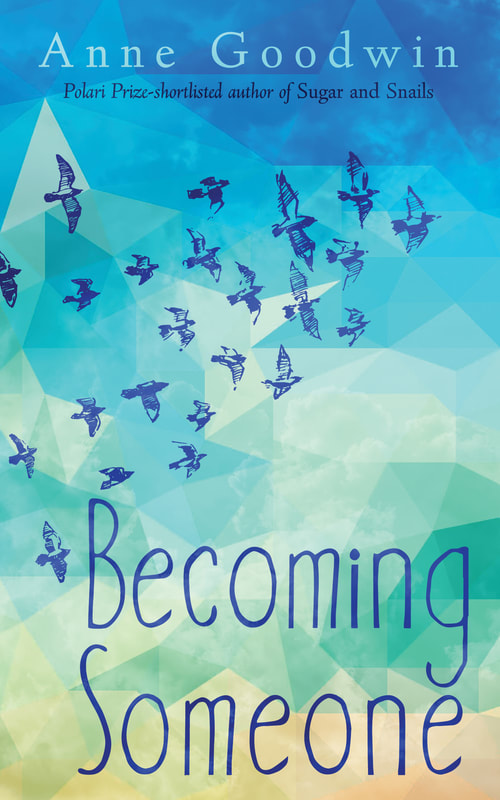






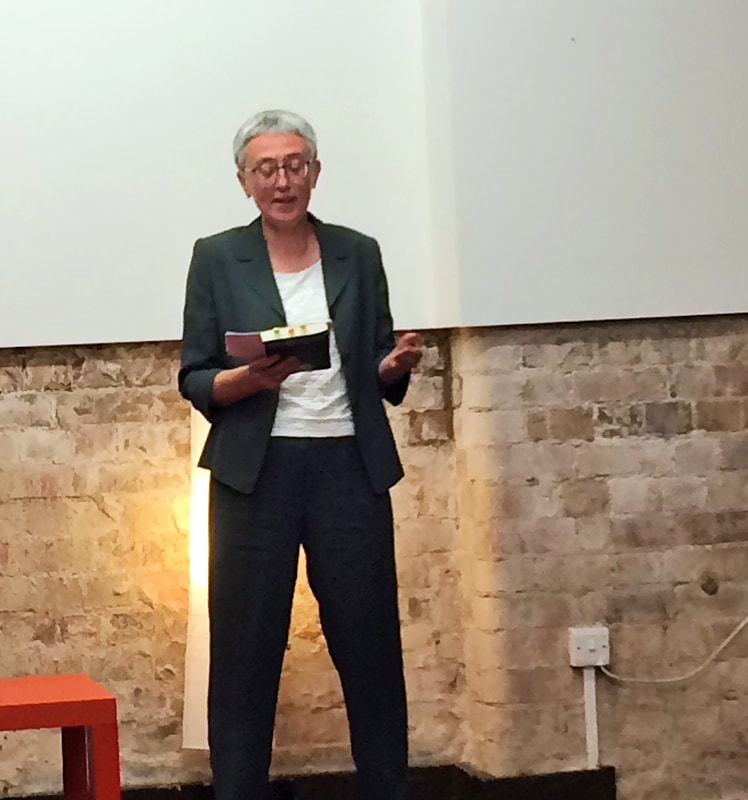

 RSS Feed
RSS Feed




